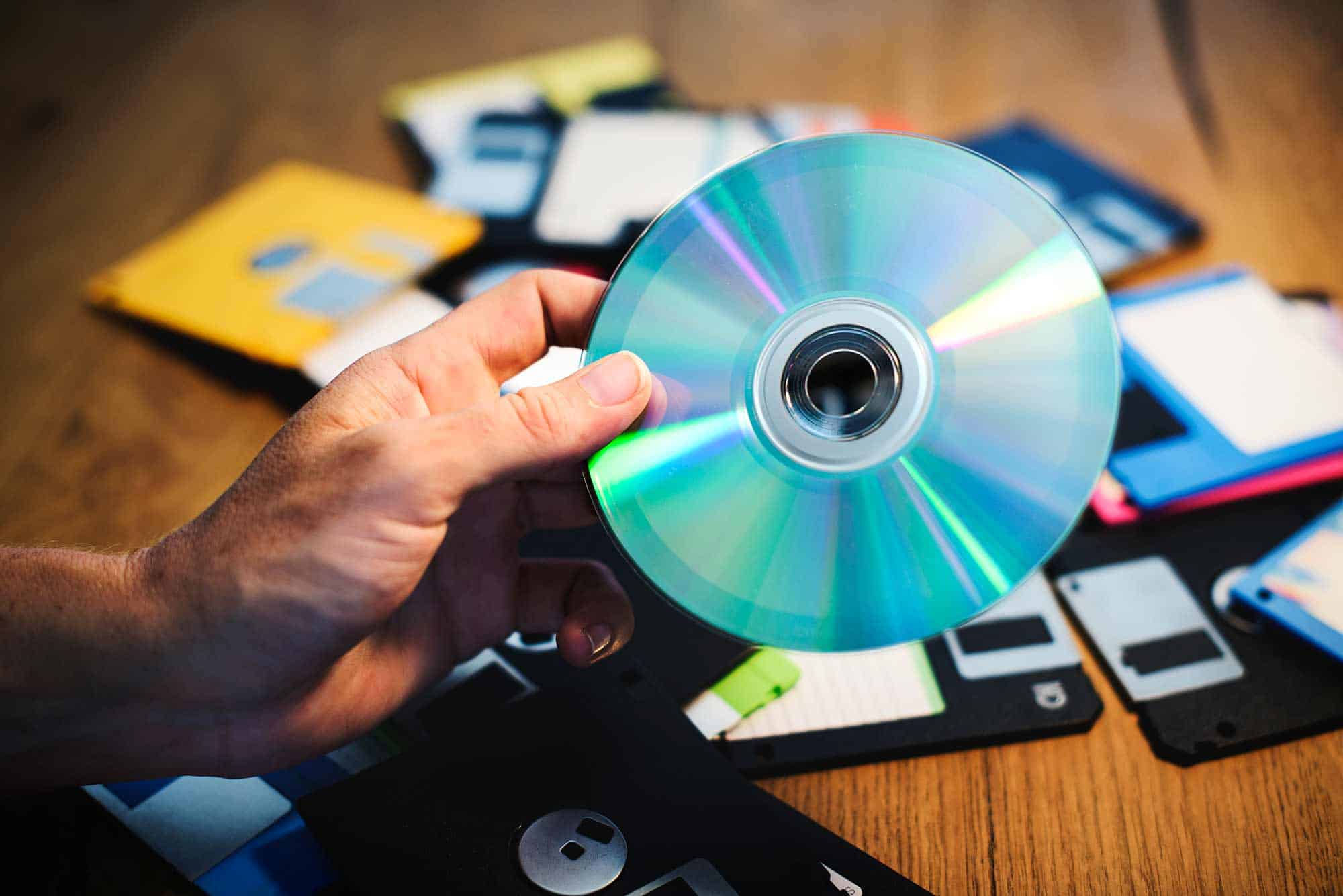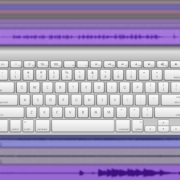What happened to the CD? Once the king of audio and data storage.
Remember the days when CDs reigned supreme? Those shiny discs were the go-to for music, movies, and data storage, dominating the market for decades.
In the not-so-distant past, people carried around large binders and cases filled with compact discs (CDs), giving them access to an extensive collection of their favorite music. CD changers and portable CD players were all the rage, replacing the compact cassette. This allowed music enthusiasts to enjoy their diverse musical libraries on the go.
This physical media format was a significant advancement from the cassette tapes and vinyl records of previous eras, offering superior sound quality and the convenience of skipping between tracks with ease. The sheer volume of CDs that people could store and transport allowed them to curate personalized playlists and have a wide range of musical genres and artists at their fingertips.
But what happened to the once-mighty CD? The story of its decline is a cautionary tale of technological progress and the power of innovation.
As the digital revolution swept through the world, CDs quickly found themselves outpaced by newer, more versatile formats. The rise of the MP3 and the advent of online music streaming services rendered physical media like CDs almost obsolete. Consumers could now access their favorite tunes with a few taps on their smartphones, without the need for bulky disc players.
The increasing storage capacity and affordability of hard drives, flash drives, and MP3 players such as the iPod made CDs seem like a relic of the past. These digital storage solutions offered far more space and convenience, allowing users to store vast libraries of data, music, and movies without the hassle of physical discs.
CDs’ Reign Comes to an End
While it may still have a niche market for audiophiles and collectors, the digital age has firmly usurped the CD’s once-dominant position. This cautionary tale serves as a reminder that even the mightiest of technologies can be toppled by the relentless march of progress.
The decline of the CD serves as a powerful reminder that no technology, no matter how dominant, is immune to the forces of innovation and progress. Just as the CD dethroned previous formats like cassettes and vinyl records, it too fell victim to the digital revolution and the insatiable human desire for convenience and efficiency.
Consider the immense impact of streaming services and cloud storage on the way we consume and store media and data. With a few taps on our smartphones or a click of a button, we now have access to virtually limitless libraries of music, movies, and files, all without the physical constraints of discs or drives.
The convenience and accessibility offered by these digital platforms have proven irresistible to consumers, rendering the once-ubiquitous CD a relic of a bygone era. Moreover, the CD’s downfall highlights the importance of adaptability and innovation in the tech world. Companies and industries that fail to anticipate and adapt to changing consumer demands and technological advancements risk being left behind.
The once-mighty CD manufacturers, who once dominated the market, found themselves outmaneuvered by nimbler, more forward-thinking competitors who embraced the digital future.
As we look to the future, the cautionary tale of the CD should serve as a reminder that complacency is the enemy of progress. Even the most cutting-edge technologies of today may one day be rendered obsolete by the next groundbreaking innovation. It is incumbent upon businesses, inventors, and consumers alike to remain vigilant, embrace change, and continuously strive for improvement and advancement.
The MP3 takes the spotlight over the CD
The MP3 format was first introduced commercially in the early 1990s, revolutionizing the way we consume and distribute digital audio. The rise of digital music and the widespread adoption of portable media players have driven this shift, as the MP3’s compact size, ease of storage, and convenience have become irresistible to music enthusiasts.
Compared to the physical limitations of CDs, the MP3 offers a level of portability and accessibility that has revolutionized the way we experience music. With the ability to store thousands of songs on a single device, the MP3 has empowered listeners to curate personalized playlists and enjoy their favorite tunes anytime, anywhere.
Moreover, the seamless integration of MP3s with a variety of digital platforms, from smartphones to streaming services, has made the format an indispensable part of our modern music landscape. As technology continues to evolve, the MP3’s dominance is likely to persist, solidifying its position as the go-to choice for music lovers seeking a versatile and efficient listening experience.
The MP3 format quickly gained popularity, becoming the de facto standard for digital music distribution. Its ability to deliver high-quality audio in a compact file size made it the preferred choice for music enthusiasts, who could now store and carry their entire music collections on portable devices. The rise of peer-to-peer file-sharing networks in the late 1990s and early 2000s further accelerated the adoption of the MP3 format, as users could easily share and download music online.
The commercial introduction of the MP3 format in the mid-1990s marked a significant turning point in the history of digital music, paving the way for the digital music revolution that continues to shape the industry today.
Can you still purchase CD music and CD-R discs?

Small selection of CD-R discs sold at a retail store as of 2024
While the rise of digital music streaming and downloads may have led some to believe that physical media like CDs are a thing of the past, the truth is that you can still purchase both CD music and CD-R discs. Though the popularity of CDs has undoubtedly declined in recent years, there remains a dedicated market for those who prefer the tangible experience of owning a physical album or the flexibility of burning their own discs.
Some major music retailers, both online and brick-and-mortar, continue to offer a small selection of new CD releases, allowing music enthusiasts to add to their collections. Additionally, many independent and specialty music stores cater to the needs of those who have not fully embraced the digital revolution, stocking a diverse range of CDs across various genres.
For those looking to create their own custom mixes or backup important data, CD-R discs can still be readily found at electronics stores, office supply retailers, and online marketplaces such as Best Buy, Target, and Walmart.
While the landscape of music consumption has undoubtedly shifted, the continued availability of CDs and CD-R discs demonstrates that physical media still has a place in the modern digital age. For those who value the tactile experience, the ability to own a tangible product, or the need for versatile storage solutions, the option to purchase these items remains a viable and accessible choice.
Conclusion
The continued availability of CDs and CD-R discs in the modern digital age demonstrates that physical media still has a place for those who value the tangible experience, the ability to own a physical product or the need for versatile storage solutions.
Though the popularity of CDs has declined in recent years, a dedicated market remains for music enthusiasts who prefer the experience of owning a physical album or the flexibility of burning their own discs. The option to purchase these items from major retailers, independent stores, and online marketplaces provides a viable and accessible choice for those who have not fully embraced the digital revolution in music consumption.











